There’s never a bad time to investigate buying new clubs, so to help you actually swing those new sticks the way they’re designed, we compiled some equipment-related tips from some of our Best in State and Top 50 coaches…
1. Align putter first, then feet
By Molly Braid, Best in State Teacher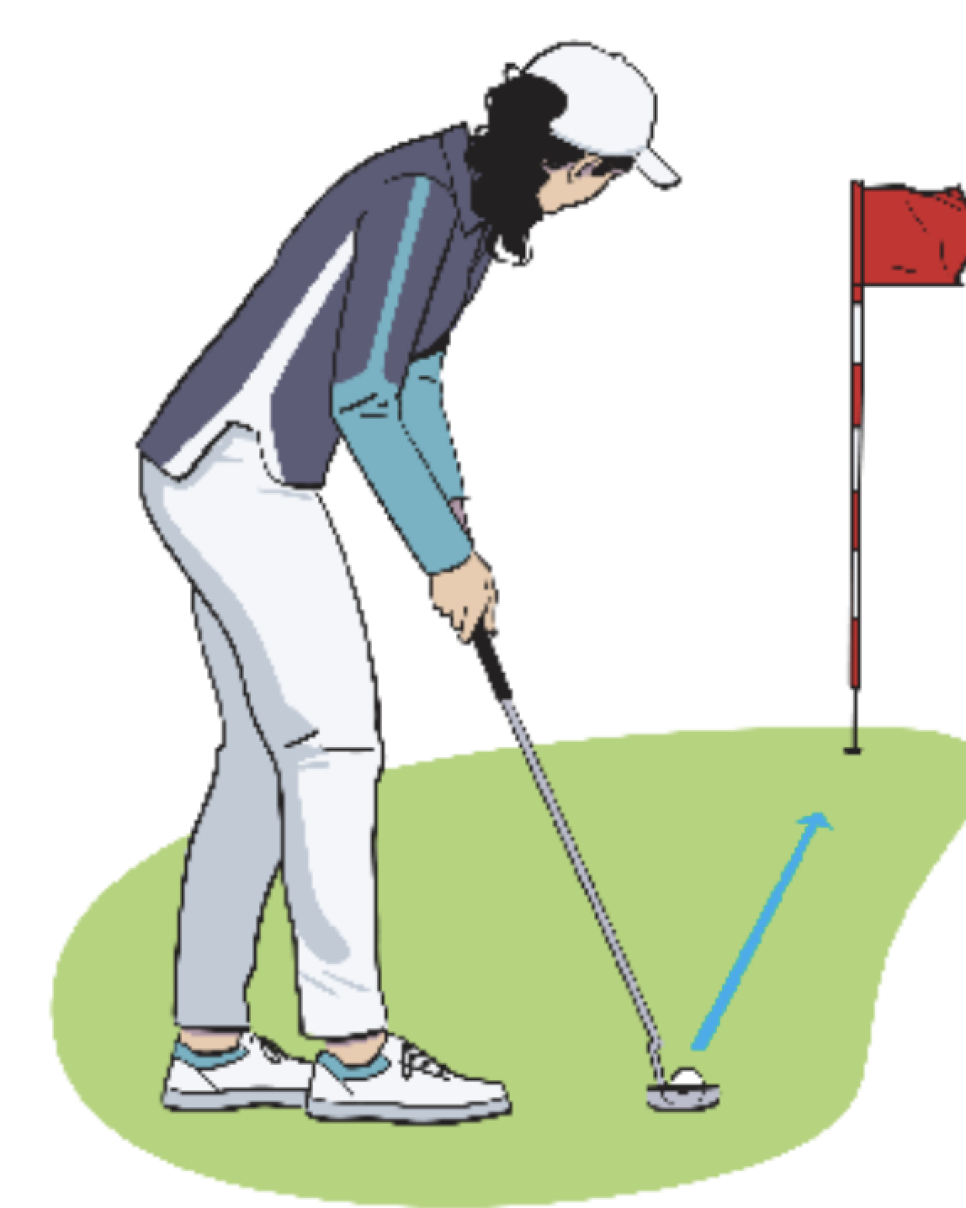
One thing I love about mallet putters is how easy they are to align with your intended start line. Knowing this, I scratch my head when I give a lesson on the green and see a golfer step into their putts in a manner that makes it harder to get aligned properly.
Let me explain:
When you are about to putt, do you set the putter down at the same time or just after you start to get into your stance? If you do either, you’re greatly increasing your chance of misaligning the putter to your line. It’s difficult to get an accurate view from this perpendicular standpoint, which is exactly what happens when you set up feet first.
Instead, always get your line from behind the ball and then set the putter down to that line before you do anything else. Keep in mind, you’re setting your putter down relative to the start line, which is the first few inches after you strike the ball. Also, when you do step in, don’t worry so much about being perfectly square to the line with your body. Just get in a comfortable, balanced position. – with Ron Kaspriske
2. Stand further away for more sweeping loft
By Erika Larkin, Top 50 Teacher
There is more than one way to add loft to a wedge shot, but some are easier than others – an important point for those who don’t have a lot of time for short-game practice.
The method I teach a lot of golfers gets much of the work done at address. When trying to create more loft with a wedge, some players get into their traditional chipping stance (narrow feet, ball back, shaft leaning forward) and then spin the face open so that it’s pointing more skyward [above left]. That setup can work, for sure, but executing from it requires more practise and near-precise execution.
Instead, you can create more height on your shots by simply standing wider and further away from the ball than normal, which lowers the shaft in relation to the ground so it’s less upright. Coupled with a forward ball position, almost where you’d play it with a driver, you’ve done most of what you need to create loft. There’s no reason to open the face. Just let the wedge trace the ground and slide under the ball through impact. You’ll pop it up every time. – with Ron Kaspriske
3. Use a marker to safeguard your alignment
By Jason Guss, Best in State Teacher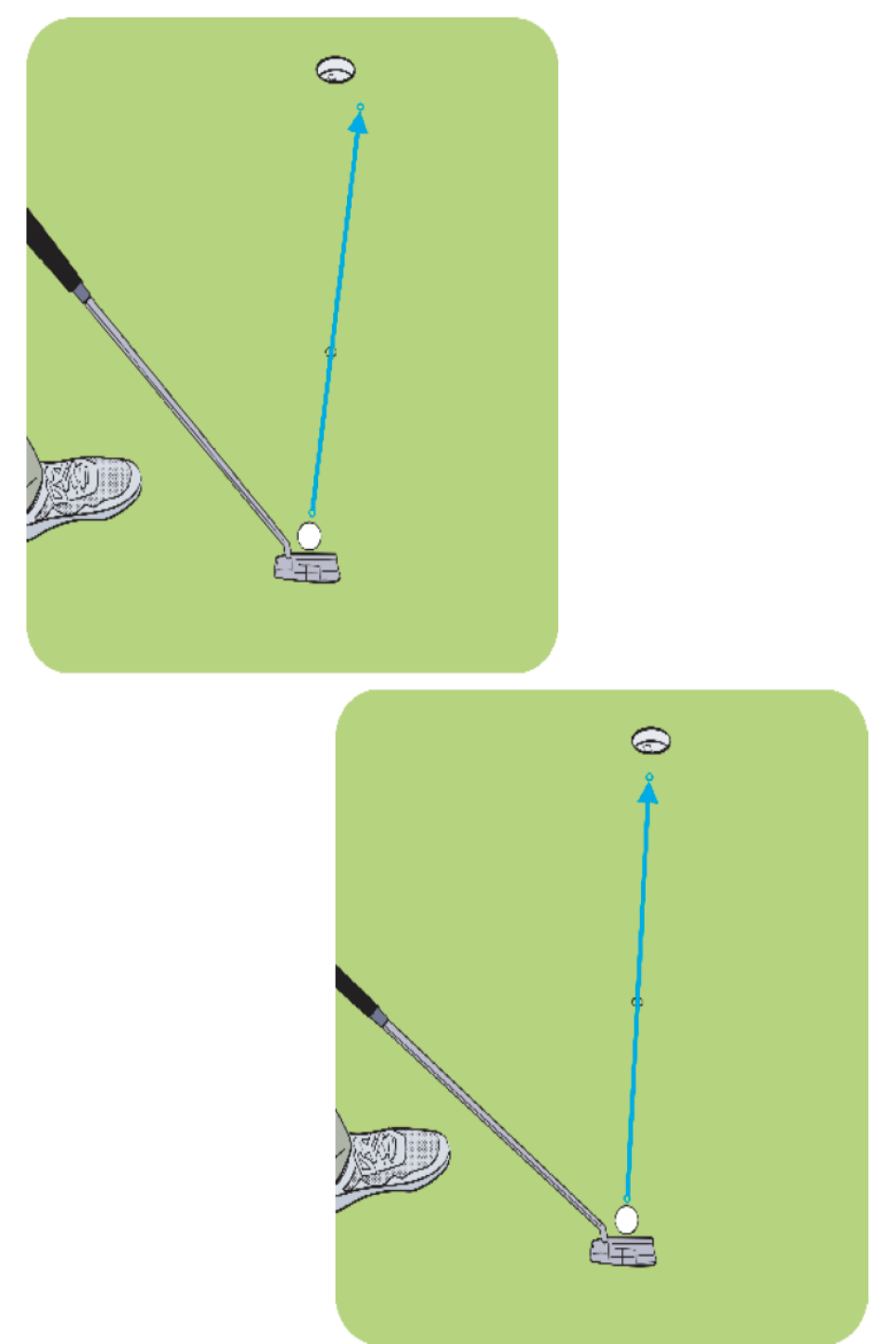
If you prefer the look of a blade putter over a mallet, that’s fine, but I’ve always felt that blade models are more challenging to align. A mallet offers more of a straight-back and straight-through feel to the stroke, but a blade seems to move on a slight in-to-in arc in relation to the line of the putt. It’s more feel versus real, but it does influence aim.
To be sure you’re lining up over your blade putter correctly, try this drill to check if you’re standing too far away from the ball – a common mistake.
Find a straight four-foot putt and set a ball down. Then, a few inches in front of it, place a ball marker, making sure both are aligned in relation to the cup. Take your address position and see if the marker still appears on-line with your ball and the hole. If it doesn’t [above left], adjust your stance until they line up. Now go ahead and putt. – with Ron Kaspriske
4. Match the same, smooth tempo
By Jason Guss, Best in State Teacher
You might have been told to get really good with one of your wedges and rely on it for most of your short-game shots. But let me ask you something: why do you have three or four wedges in your bag if you’re only going to pull out the same one every time?
Get to know all of your wedges. Focus on technique and tempo, and just switch which wedge you’re using to regulate distance and trajectory (they go hand in hand). For technique, set up with more weight on your lead leg and keep it there while you make a swing that relies mostly on body rotation, leading your arms into impact. Your arms and hands simply come along for the ride.
For tempo, I know it’s tempting to go all out with these clubs or even throttle back just a little. I think it’s much easier to control these shots when you focus on 50-percent effort. Don’t worry so much about how far you’re taking the club back. You can’t really see that anyway. Just try to make the same-length swing at half your full-out effort and see how distance and trajectory change solely by what club you select.
You won’t need a lot of practice to get consistently good results. – with Ron Kaspriske
5. Heart in front with your hybrids
By Erika Larkin, Top 50 Teacher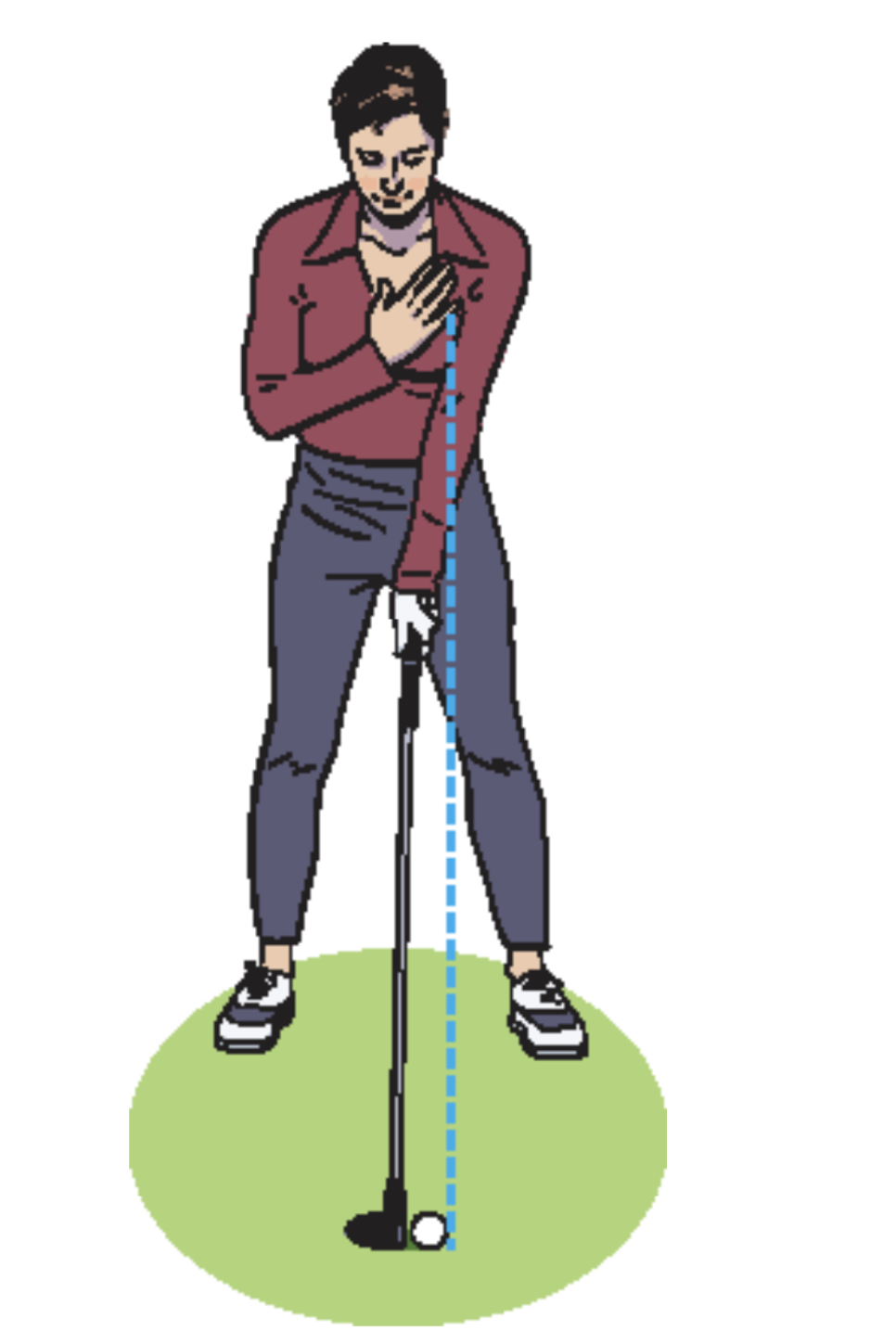
Though they look similar and often produce the same type of shots, hybrids and fairway woods should not be treated the same way. When swinging a hybrid, your goal should be to strike a little down on the ball – not sweep it off the turf like you do with woods. Think of hybrids more like a 6-iron.
One issue with amateurs I see a lot is playing the ball too far forward with these clubs. Not only does that make it more difficult to get ball-first contact before catching a little turf – which is your goal – it also exacerbates a slice because your swing path becomes even more out to in before contact. You put a glancing blow on the ball.
Next time you’re ready to hit a hybrid, set up with your heart just in front of the ball in your stance. You can even place your right hand over your heart to check ball position. If your hand/heart is closer to the target than the ball, you’re in position to get the most out of a hybrid. – with Ron Kaspriske
6. Learn the fairway bunker driver visual
By Molly Braid, Best in State Teacher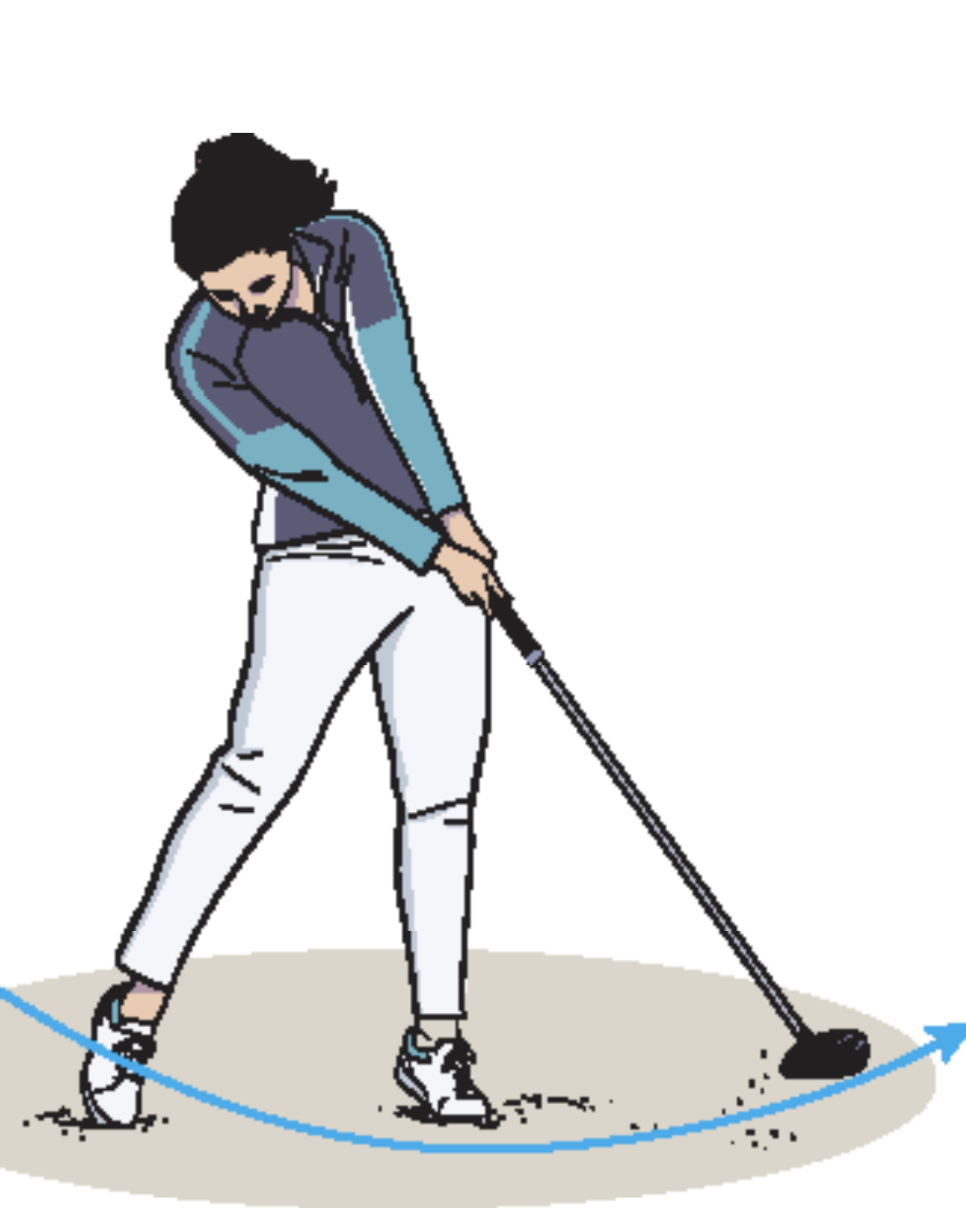
A common problem for amateur golfers is swinging a driver like it’s an iron. When you do that, your angle of attack is too steep and moving in the wrong direction (downward, not upward), and you can’t take advantage of all the technology built into these forgiving clubs.
To better understand how you should swing a driver, imagine you’re hitting it out of a fairway bunker. Sound a little crazy? Perhaps, but hear me out: when you make a fairway-bunker swing, you want to contact as little sand as possible and clip the ball out, which is not all that different than your swing path with a driver. You want to come into the ball on a shallow angle of attack and, hopefully, clip the ball slightly on the upswing.
When you address a teed ball with your driver, use this visual to not only help you shallow your swing and sweep the ball off the tee, but also to get in a better setup with your trail shoulder. It should be oriented lower than your lead shoulder. Now you’re ready to launch your driver and get the most distance you can. – with Ron Kaspriske
7. Use punch shots to build confidence
By Erika Larkin, Top 50 Teacher
The relationship between a player and a new set of irons can be lukewarm at first. Same for pulling your clubs out of the garage for the first time in months. They might not feel quite right at the start. My advice is to get to know each other better by hitting punch shots for a while when you practise. Grab a 7 or 8-iron and set up over a ball with 70 percent of your weight on your lead leg and the ball centred in your stance. Your chin and the grip should be leaning slightly closer to the target than the ball
From this position, make a half-swing going back, feeling like your wrists stay firm (no hinge). Then pivot in the through-swing around your lead leg until your arms are extended and parallel to the ground. This swing is mostly about pivoting around that leg with quiet hands and arms – like a bigger chip shot with more energy. Focus on compressing the ball and getting the low point of the swing after impact. Get used to that, and you’re off to a good start to better ball-striking with your shiny new clubs. – with Ron Kaspriske
8. Push, don’t pull, with fairway woods
By Molly Braid, Best in State Teacher
If you’re struggling to make good contact with your fairway woods when the ball is on the ground, I’ve got a drill that will help you get a better feel for how these clubs are meant to be swung. In short, it’s all about the approach.
Perhaps from listening to commentators on TV, a lot of my students mistakenly think they need to pull the handle of the shaft downward before the club releases into the ball. This notion of pulling typically puts the club on a steeper approach, makes it harder to square the face and produces all kinds of poor shots – from pop-ups to tops to slices.
To get the clubhead moving on a good path into impact, address a ball with your lead hand (left for righties) on the club normally, but have your trail hand resting against the grip with the palm open. Now make a golf swing. As you start down from the top, feel as if you’re pushing the club toward the ground with that open palm. You’ll find this “push” shallows your downswing, makes it easier to square the face and prompts you to rotate your body towards the target as the club moves through impact.
That’s how you flush a fairway wood. – with Ron Kaspriske
9. Go for heel with your driver
By Jason Guss, Best in State Teacher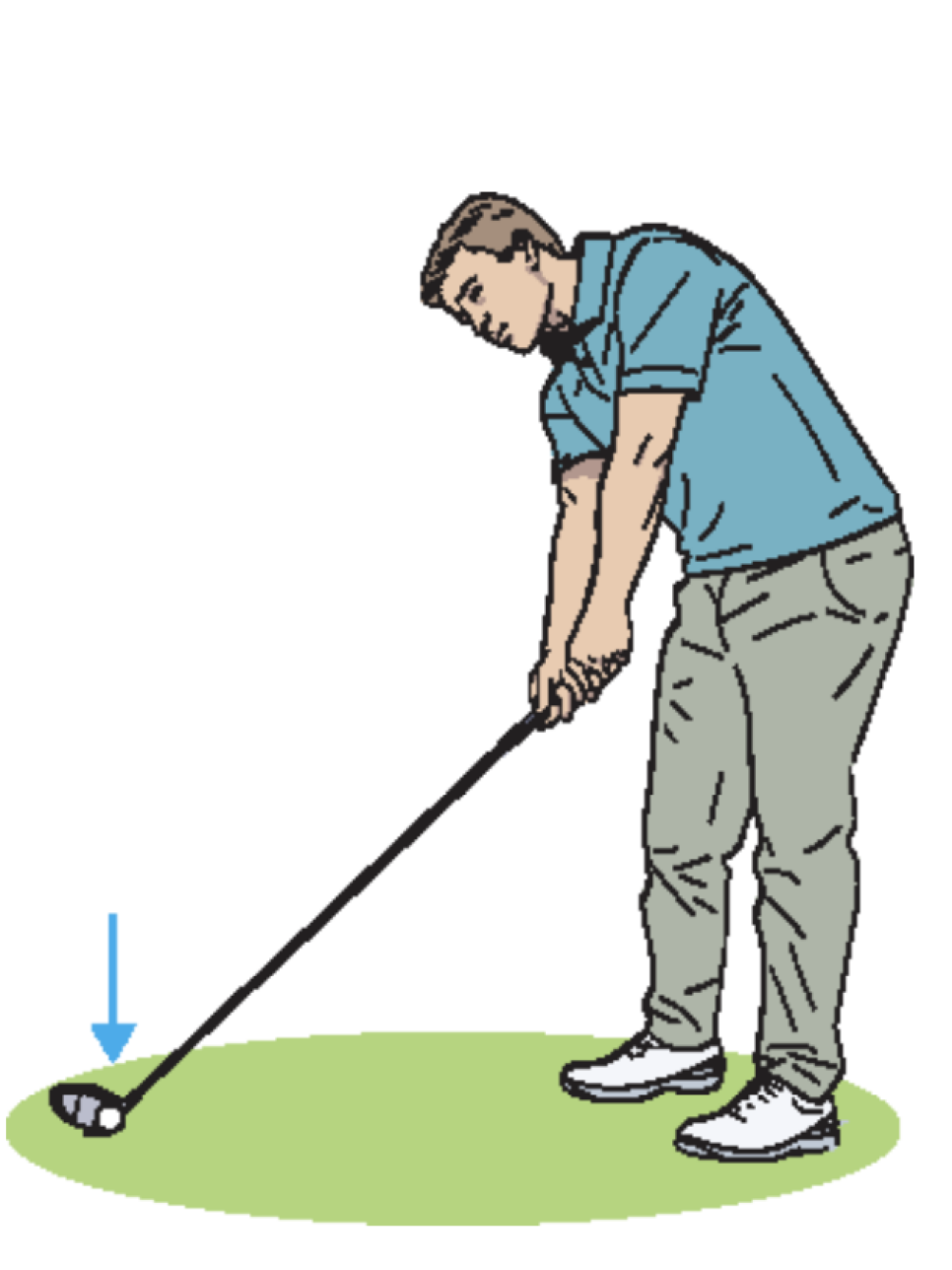
If you want to take advantage of that fancy new driver you spent half your pay cheque on, you’ve got to learn to make contact with the ball in the sweet spot more often. Many golfers I teach tend to hit the ball out on the toe of the clubface (the spot furthest from you). This typically happens when you lose your posture in the downswing, spin out or use a shaft that’s too flexible and droopy.
A lot of faults in golf can be corrected by trying to do the opposite. It’s the, “You can’t find the middle if you don’t know where the ends are” adage. In this case, you can find the sweet spot more often if you try to hit the ball in the heel of your driver’s clubface. This helps keep you from spinning out and/or losing your address posture, as you have to stay down a beat or two longer to try to achieve that heel impact. More often than not, you won’t find the heel, but you will move your contact closer to centre – which is the goal. – with Ron Kaspriske

